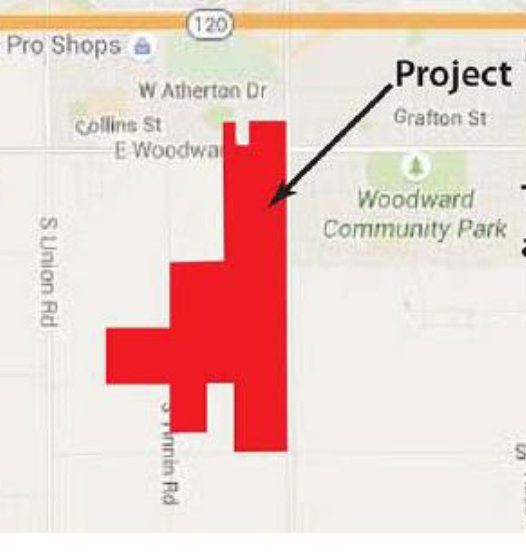Another section of the right-of-way for the envisioned Raymus Expressway — a potential major street that the city for years has told rural Manteca residents that they do not have an adopted alignment for — could be locked in tonight by the Manteca City Council.
1,301 MORE HOMES ON THE WAY
Griffin Park will add traffic to South Main St., includes right-of-way for Raymus Expressway





